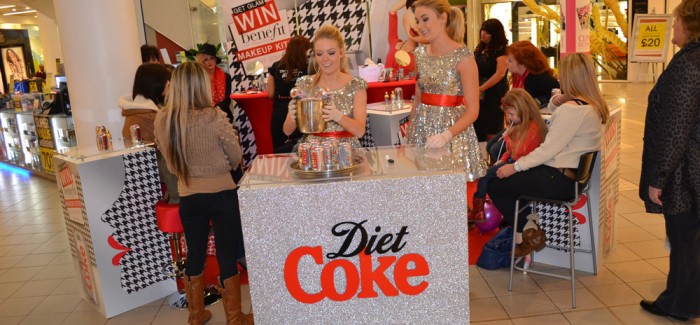Product Sampling: Costly but Effective
Although product sampling is an expensive method of generating sales, the ROI can be impressive and is growing in popularity.
At a recent family festival in the Isle of White, Persil handed out 1500 sample bottles of Persil 2in1 with Comfort washing detergent to parents with their children. Of those who received the free sample, 70% enquired further about the product. Most importantly, two-thirds said they would consider ditching their current detergent in favour of Persil.
”The likelihood to purchase after receiving a sample can range between 20% to 90%.”
Popular Tool
Sampling has grown in popularity with marketing professionals over the years. In a study with Marketing Week back in 1997, up to 84% of adults had experienced some type of free sampling in the previous 6 months. In 2006, spending on free sampling increased by 9%. The growth can be attributed to the fact that it delivers results and is a measurable marketing tool.
Retailers are also embracing sampling to the same degree as manufacturers. By targeting the right customers, retailers can increase the size of certain categories by encouraging customers to try a new product that they may have not considered previously.
ROI
Compared to other promotional methods, product sampling can have a long lasting impact on sales. For example, up to 52 weeks after the initial sampling period, the positive impact on sales can still be measured. However with other promotions such as coupons, the effects on sales only last up to 12 weeks. If there are pressures to deliver long term growth, sampling may just be the answer for marketing professionals.
Sampling may have a limited impact on established products – as the number of people who have not tested the product are limited. Products that have just been launched will gain the most out of product sampling. Through sampling, you can build brand loyalty and develop a positive brand image among customers unfamiliar with the product. Previous studies have shown that consumers are more receptive to sampling new products compared to more established brands.
To attain the maximum return on investment, marketers should consider sampling outside the shopping environment. By targeting the customers who would most likely to use your product via magazine inserts or letter drops, brands can avoid some of the high costs involved with sampling in store or at festivals.



Comments